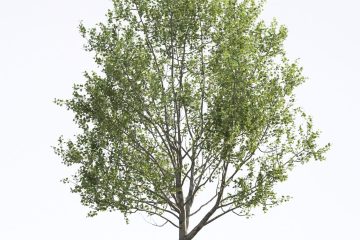Exploring the Australian Stick Insect: Nature’s Master of Camouflage
Introduction
The Australian stick insect, known for its remarkable ability to blend in with its surroundings, is an awe-inspiring example of adaptation in nature. This species, part of the Phasmatodea order, plays a crucial role in the ecosystem as both prey and herbivore. Given the increasing interest in biodiversity and conservation, understanding these intriguing insects is essential in promoting ecological awareness.
Physical Characteristics
Australian stick insects can vary greatly in size and colour, with some growing to over 15 centimetres in length. Their physical appearance mimics twigs and branches, an adaptation that helps them evade predators such as birds and reptiles. The ability to change colour according to the environment enhances their camouflage, making them even more elusive. The lack of wings in most species further increases their resemblance to the vegetation they inhabit.
Habitat and Distribution
These insects are primarily found in Australia’s dense forests, woodlands, and bushland. Species like the Giant Green Stick Insect (Ctenomorpha chronus) thrive in the lush tropical climates of Queensland, while others inhabit more arid regions. Their habitats are vital for their survival, as they feed primarily on leaves from various plants, including eucalyptus.
Behaviour and Diet
Australian stick insects are mostly nocturnal, meaning they are active at night. They exhibit a fascinating behaviour called ‘autotomy’, where they can shed a leg to escape predators. As herbivores, their diet consists mainly of leaves, and they are known to be selective eaters, often opting for fewer species of plants that provide the necessary nutrients.
Conservation Status
Though many species of stick insects are relatively common, habitat destruction poses a significant threat to their populations. Urban expansion and agricultural practices have led to the loss of vital habitats. Conservation efforts are underway to preserve the natural habitats of these insects and raise awareness of their ecological significance.
Conclusion
The Australian stick insect is not just an impressive example of nature’s adaptability but also a key player in the health of its ecosystem. As the impact of climate change and human activity continues to threaten biodiversity, it becomes increasingly important to study and protect such species. By fostering an appreciation for these insects, we can promote conservation efforts and reinforce the need for sustainable practices that protect their habitats and the delicate balance of the ecosystems in which they live.









